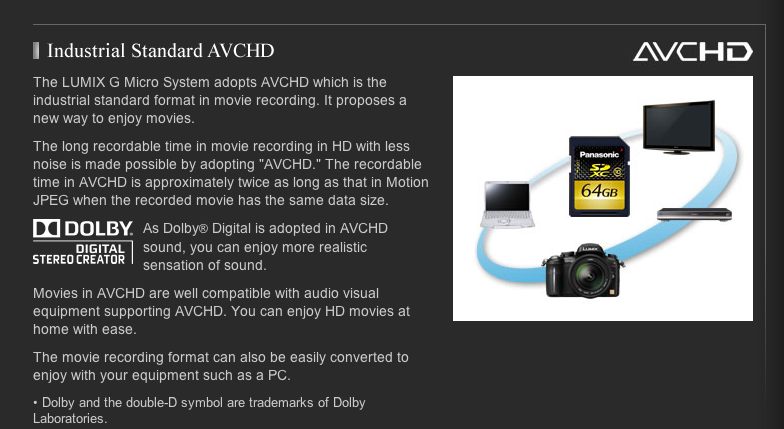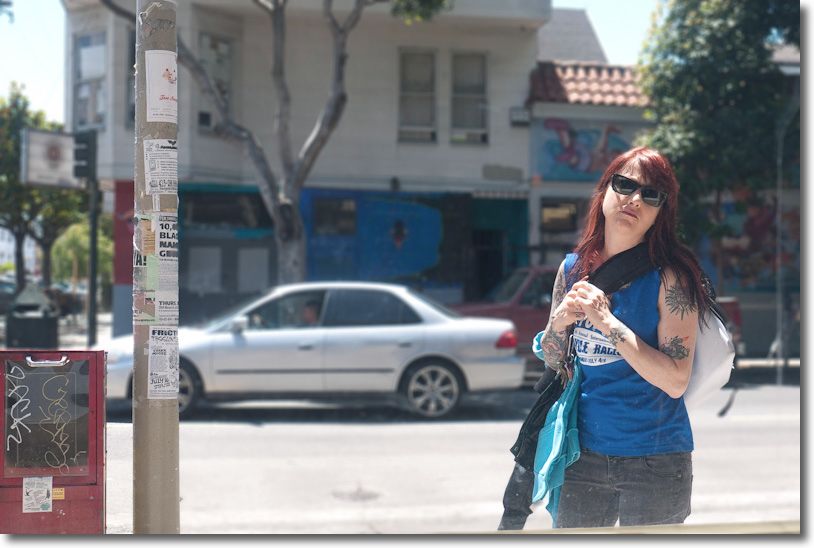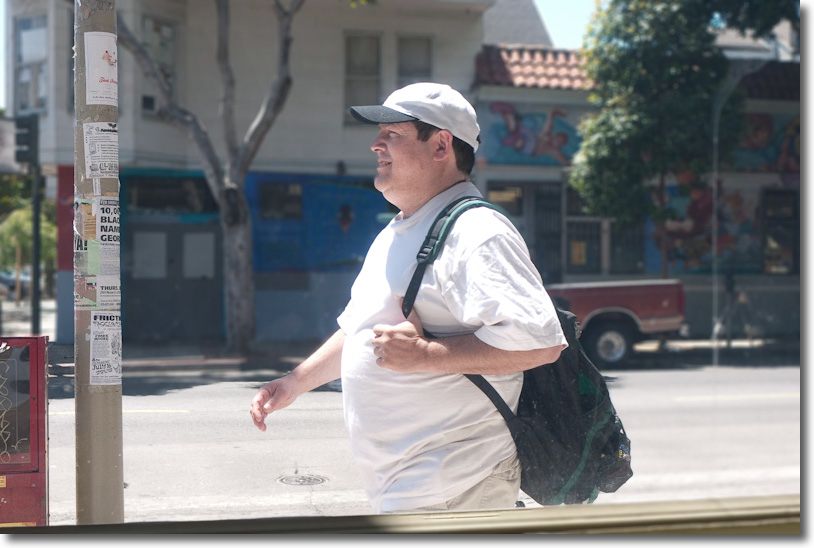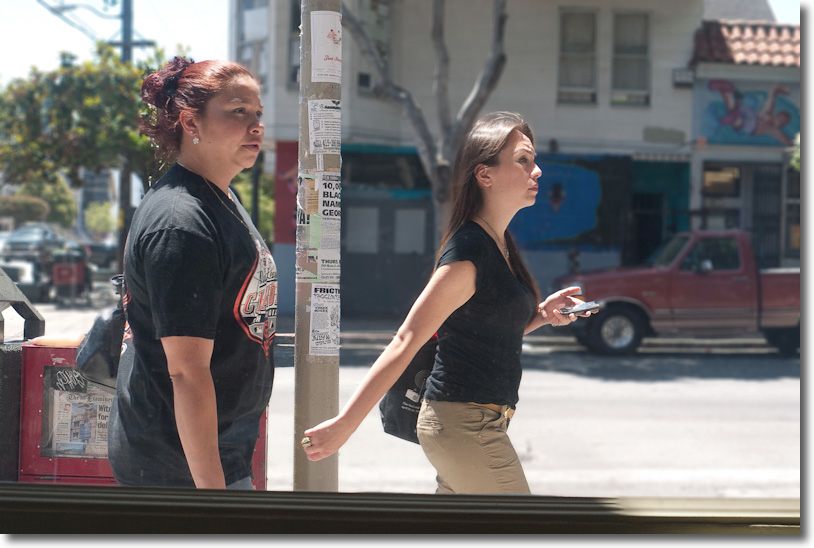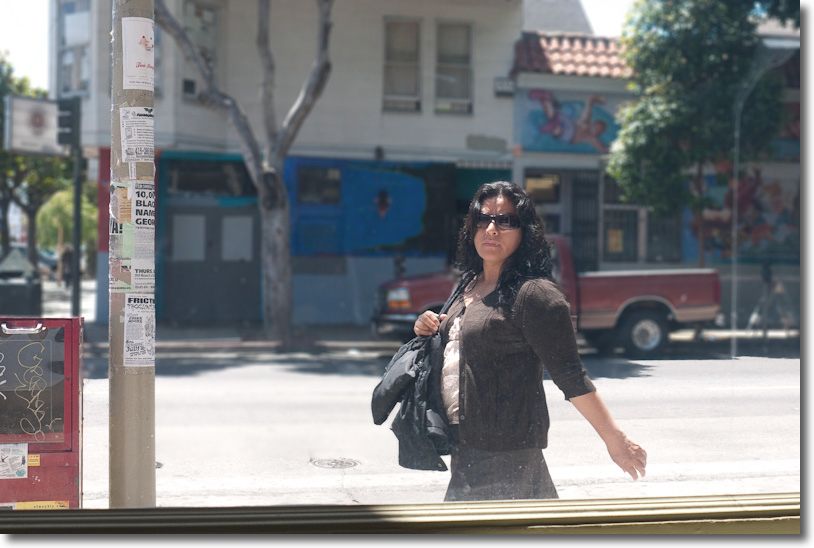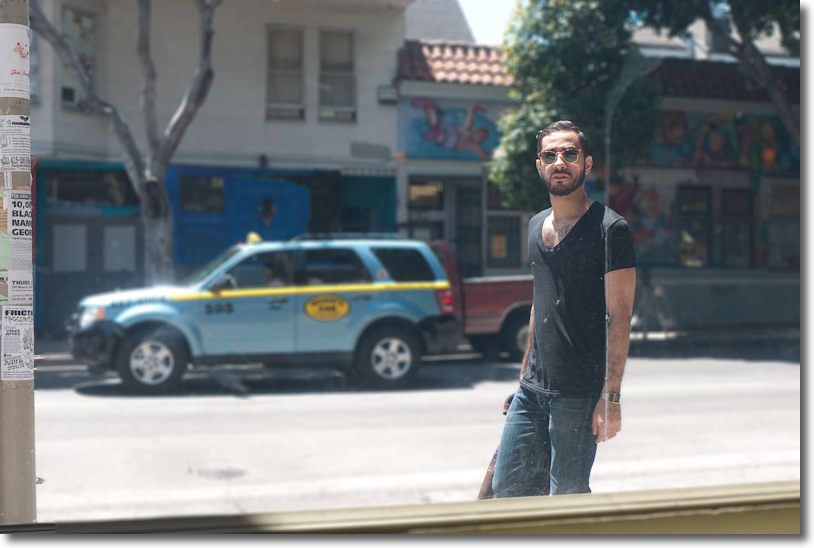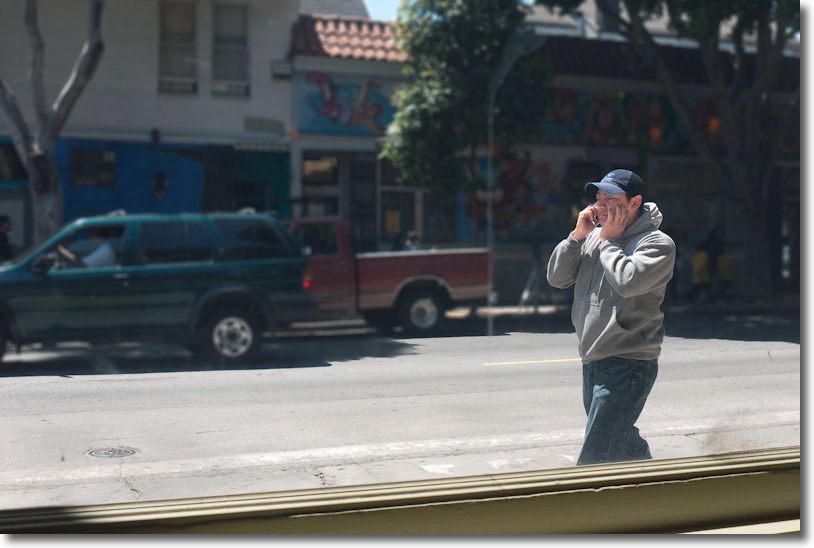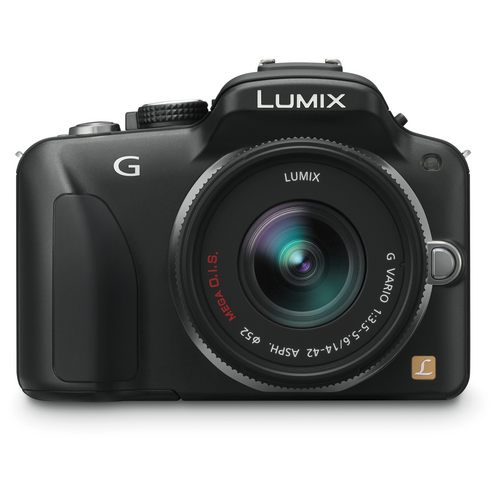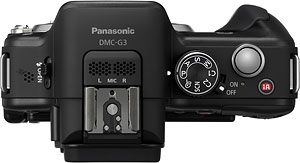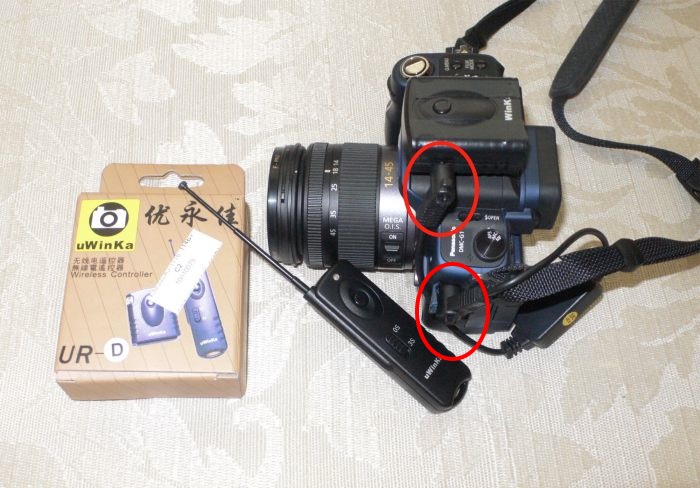Two new lenses.
[column width=50% padding=3%]
I have but three lenses for my Panasonic G1 and that’s pretty much all I need.
Two are from Panasonic, with OIS built in – the stellar 14-45mm kit lens and the wonderfully compact 45-200mm. The third is from Olympus and it’s the ultrawide zoom, the 9-18mm MFT.
While the Olympus zoom suffers from barrel distortion to varying degrees, click this link and you can download my profiles to remove these distortions in LR3 or in Photoshop. Unlike for the Panasonic lenses, the G bodies do not correct distortions from the Olympus lens range, so if it matters you have to do it manually. It takes seconds for the occasional architectural snap which requires such correction. That apart, I have found the 9-18mm to be an outstanding optical performer, indistinguishable in practice from the excellent Panny 14-45mm kit lens as far as definition goes.
[/column]
[column width=45% padding=2%]
The Olympus 9-18mm is an indication that Oly is getting serious about making better lenses for its underwhelming Pen MFT bodies. I write ‘underwhelming’ as any camera whose primary mode of viewfinding requires the user to hold it arm-outsrteched, inches from his face, is not a serious camera for this photographer. First, I like to actually see what I’m viewfinding. Second, adding Oly’s clunky clip on EVF makes the whole thing bulkier than any G-series Panny with a built-in (and outstanding) EVF. Third, I prefer to remain unobtrusive. And last, I would rather not look like a dork. The sole advantage I can see to Oly’s bodies is that OIS is built into the body, meaning it works with any lens, whereas with the Panny lenses, selected lenses have OIS built into the lens. The Oly 9-18mm has no OIS but it is hardly missed at those focal length on my G1.
Now Olympus has announced two very interesting lenses for MFT – the 12mm f/2 (24mm FFE) fast ultrawide and the 45mm f/1.8 (90mm FFE) portrait lens.
[/column]
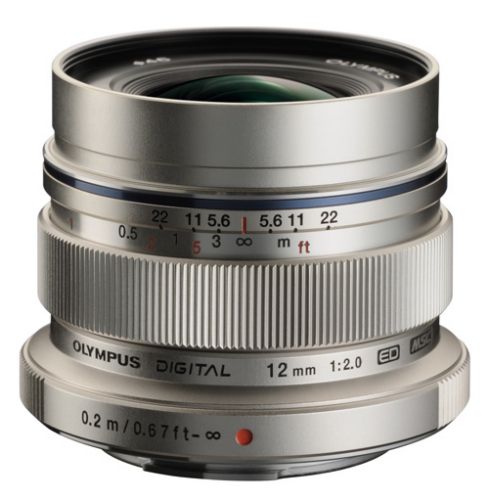
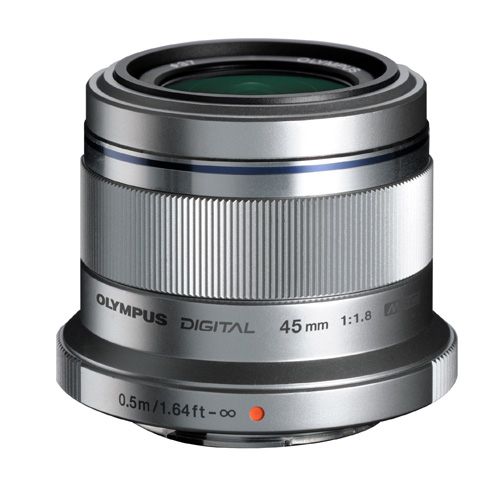
[column width=50% padding=3%]
Priced at $800 and $400, respectively, and available in July and September 2011, these fill two important niches, but it’s the latter lens which especially interests me. Since selling my 5D outfit, which included Canon’s simply superb 85mm f/1.8 portrait lens I have lacked a wide aperture portrait lens.
Sure, I can emulate shallow depth-of-field by selectively blurring details in Photoshop, when they are rendered too sharp with the Panny kit lens at 45mm. At 45mm the Panny kit lens is a modest f/5.6 and often has too much d-o-f for head-and-shoulders portraits. But using PS in a studio portrait to keep the eyes sharp and the ears blurred is not so easy. The Oly 45mm is a full 3.5 stops faster than the kit lens at 45mm so will afford far greater control over (shallow) depth of field. Thus it interests me greatly.
[/column]
[column width=45% padding=2%]
It remains to be seen whether these new Oly lenses are up to the performance of the 9-18mm, but at the prices asked I would guess that the quality will be fine. Obtrusive chrome finish? Who cares what color it is in the studio? Size? The Panny kit zoom at 45mm protrudes some 3.4″. Best as I can tell, the 45mm f/1.8 is much more compact, protruding maybe 2.5″ or as much as the kit zoom at 14mm, its smallest size. So this promises to be a truly compact portrait lens but with enough barrrel to permit support from underneath the lens. Lack of OIS? I’ll be using it with my Novatron studio flash outfit so camera shake is not an issue.
It will be a long wait to September for my 45mm f/1.8!
Curiously, the machining of the Oly’s focus collar is identical to that on my first portrait lens, bought in 1972, the estimable 90mm Elmar f/4 for my Leica M3:
[/column]
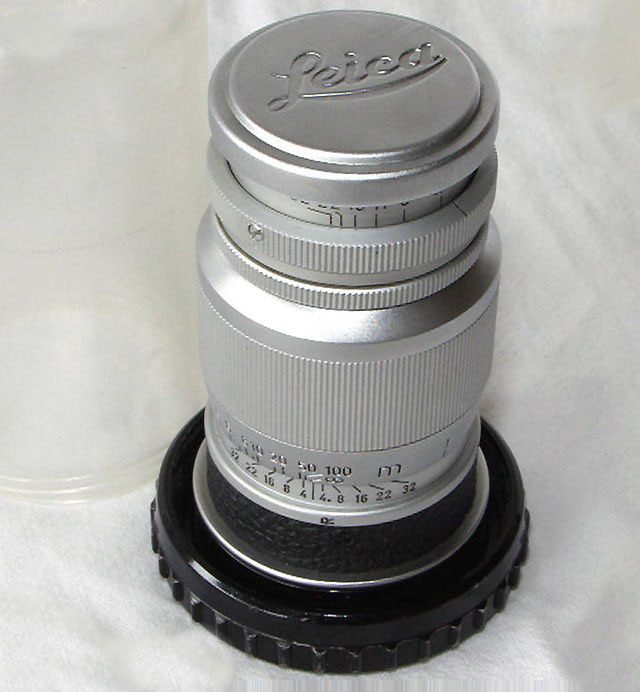
The Oly’s technology is just a tad more sophisticated. The Elmar was f/4, manual focus, manual aperture (the aperture ring rotated with the focus collar!), was twice the length of the Oly and the lens head unscrewed for use on bellows and close-up devices. There were no electronics in sight and construction was serious chrome coated brass. A fine optic which ran me £32 or $492.61 in today’s money. So the Oly is almost 20% cheaper!
